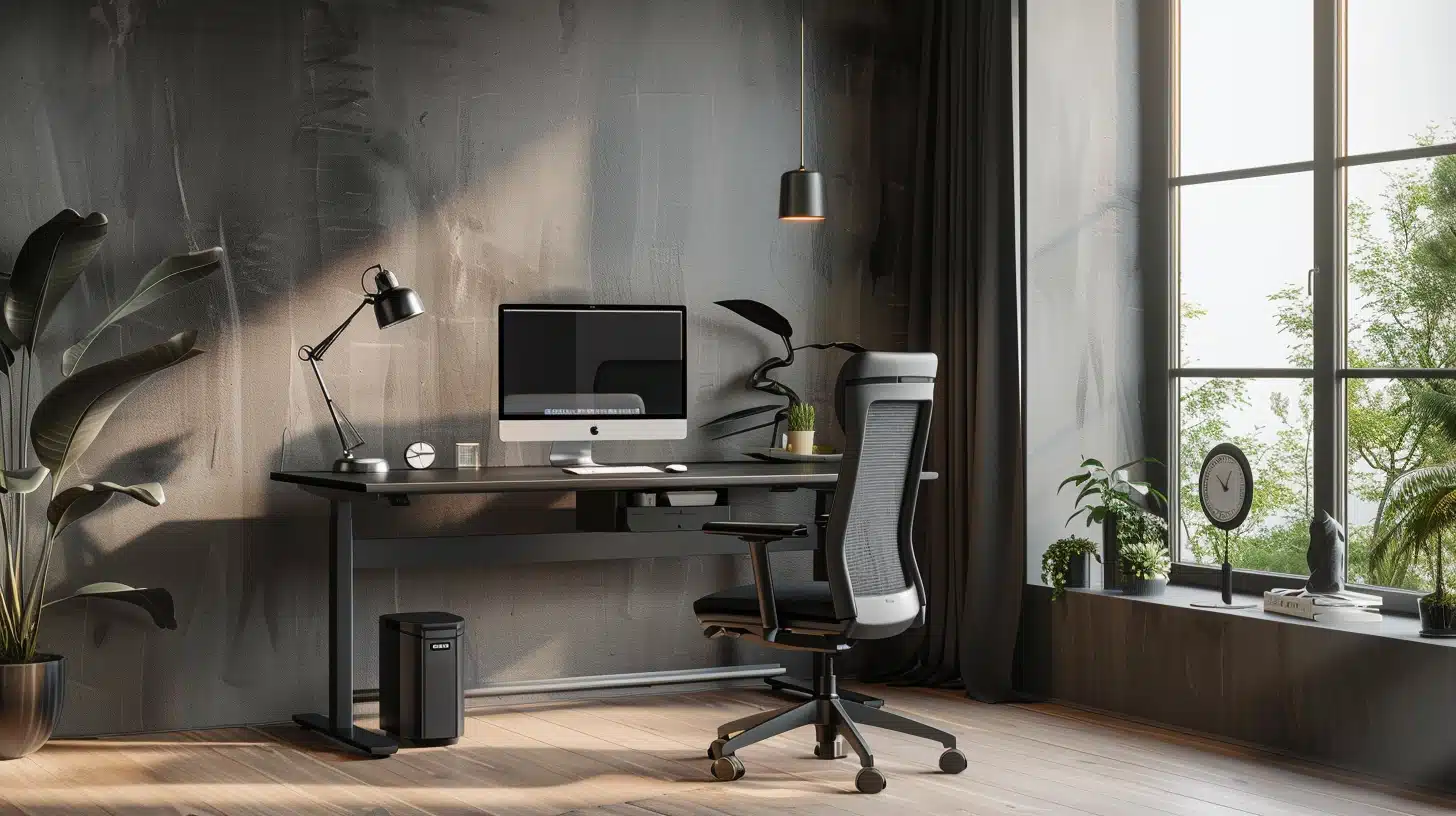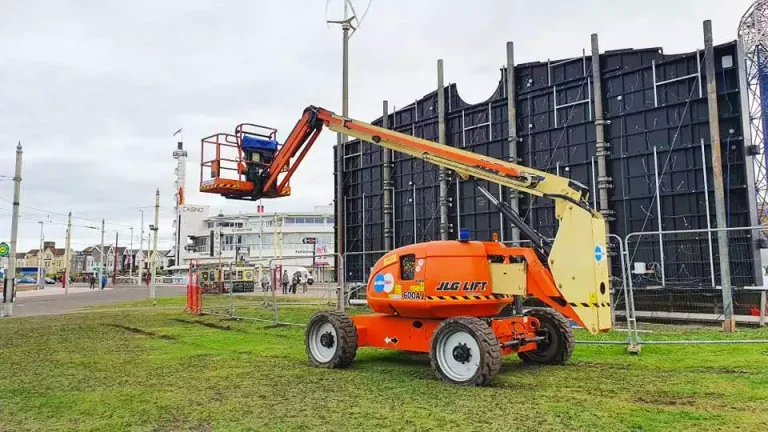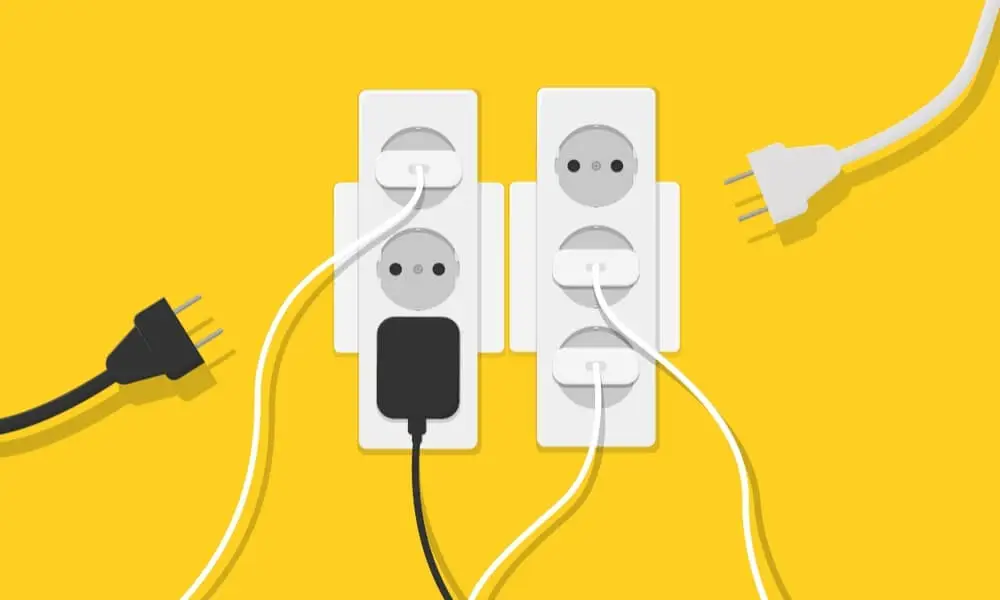The Evolution of the Working Table for Your Workspace in Philippines

Table of Contents
The working desk, a staple in any workspace, has gone through a captivating evolution over the centuries.
From easy wood planks to ergonomic marvels, the transformation of the operating desk displays broader societal modifications, improvements in generation, and evolving notions of productiveness and proper well-being.
This article delves into the history and evolution of the operating table, exploring how it has been tailored to meet the wishes of different eras and what the future may keep.
Working Table
The concept of an operating table can be traced back to ancient civilizations.
In ancient Egypt, for instance, scribes used simple stone or wood surfaces to perform their writing duties.
These early tables were rudimentary, regularly nothing more than slabs supported by trestles.
They served fundamental functions, supplying a solid surface for writing or crafting.
During the medieval period, operating tables became extremely specialized.
Monasteries and universities in Europe saw the emergence of writing desks designed mainly for students working table.
These desks regularly featured slanted surfaces to facilitate analyzing and writing and cubicles for storing manuscripts and writing gear.
The layout and production of those tables were stimulated by the substances available and the specific needs of the users.
The Renaissance and Beyond
The Renaissance marked a tremendous shift in the design and functionality of operating tables.
As literacy and education expanded, there was a multiplied demand for more state-of-the-art furniture.
Renaissance tables were often ornately decorated, reflecting the creative sensibilities of the time.
These tables were no longer only practical but also served as symbols of status and wealth.
In the 17th and 18th centuries, they noticed the improvement of the bureau, a desk with drawers and compartments.
During this period, they also added the idea of the “writing desk,” which combined a flat surface with storage options.
These tables were utilized by the burgeoning centre elegance, traders, legal professionals, and civil servants.
The emphasis became on practicality and performance, with designs becoming increasingly standardized.
The Industrial Revolution
The Industrial Revolution of the nineteenth century introduced profound adjustments in the design and manufacturing of working tables.
Mass manufacturing techniques allowed for the introduction of low-cost and standardized furniture.
Desks became more purposeful and less ornate, reflecting the utilitarian ethos of the time.
With its steady storage and organizational functions, the roll-pinnacle desk became a popular choice for office employees.
This period also saw the rise of the corporate office, with rows of equal desks organized in open areas.
The emphasis became on maximizing productivity and performance.
However, those early workplace environments regularly lacked concerns for ergonomics or individual comfort.
Working Table Philippines
The twentieth century witnessed vast improvements in the design of running tables. The modernist movement, characterized by easy traces and minimalist designs, influenced workplace furniture.
Designers like Charles and Ray Eames delivered desks that were now not only practical but additionally aesthetically attractive.
Materials such as steel and plastic have become popular, allowing for extra flexible and durable designs.
In the latter half of the century, ergonomics started to play an important role in the layout of running tables working table Philippines.
Research into workplace health and productivity caused the development of adjustable desks, allowing users to personalize their workstations to meet their needs.
Features such as adjustable tops, ergonomic chairs, and cable management structures became general.
The introduction of computer systems in the place of work introduced similarly modified desks. Desks had to accommodate monitors, keyboards, and other peripherals, developing computer desks with devoted cubicles and capabilities.
The introduction of the internet and the upward thrust of telecommuting further inspired desk layouts, with an increasing emphasis on flexibility and adaptability.
The Digital Age: Flexibility and Sustainability
In the 21st century, technology and changing painting styles have pushed the evolution of working tables.
The rise of remote work and the gig economy has caused the need for versatile and cell workstations.
Portable desks, standing desks, and convertible workstations that may be reconfigured without problems have become famous.
Sustainability has additionally become a key attention in desk layout.
Many producers are actually using eco-friendly materials and manufacturing techniques.
The focus is on creating durable and adaptable fixtures that can evolve with changing needs, reducing the need for frequent replacements.
The idea of the “clever desk” has emerged, integrating technology to beautify productivity and well-being.
Features inclusive of integrated wireless charging, adjustable lighting, and even sensors that monitor posture and environmental situations are getting more common.
These improvements aim to create an extra included and responsive workspace that can adapt to the person’s desires in actual time.
Office Table Design
Looking ahead, the evolution of the working table will probably be shaped by technological advances and changing societal tendencies.
The increasing use of synthetic intelligence and automation inside the workplace may improve even more intelligent and adaptive workstations.
Virtual and augmented reality could revolutionize the way we engage with our desks, creating immersive and interactive painting environments.
Sustainability will continue to be a driving force, with a focus on creating furnishings that are not only useful and aesthetically beautiful but also environmentally responsible office table design.
Modular and customizable designs are becoming more common, allowing users to tailor their workspaces to their specific desires and possibilities.
The rise of the gig financial system and remote paintings will probably result in additional innovations in transportable and bendy workstations.
Desks that can be transported easily and installed in any location become an increasing number of essentials.
The emphasis could be on creating work environments that are adaptable, comfortable, and conducive to productivity, no matter where they are positioned.
Conclusion
The evolution of the working desk displays broader changes in society, technology, and how we paint.
From easy timber surfaces to state-of-the-art, ergonomic, and technologically advanced workstations, the running desk has constantly been tailored to fulfill the wishes of various eras.
As we look to the future, the working desk will continue to evolve, pushed with technological innovations, sustainability, and converting work patterns.
The focus could be on growing bendy, adaptable, and sustainable workspaces that enhance productiveness and well-being in an ever-changing world.






